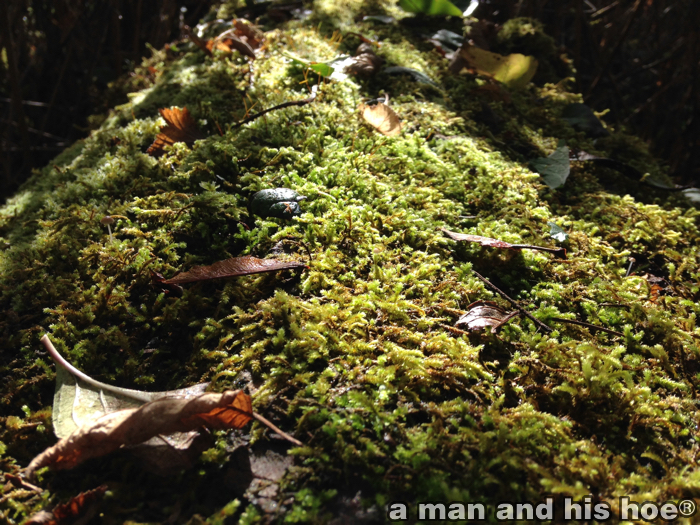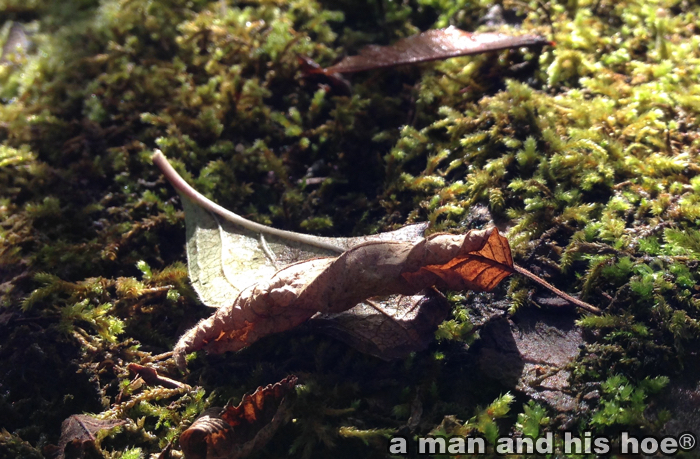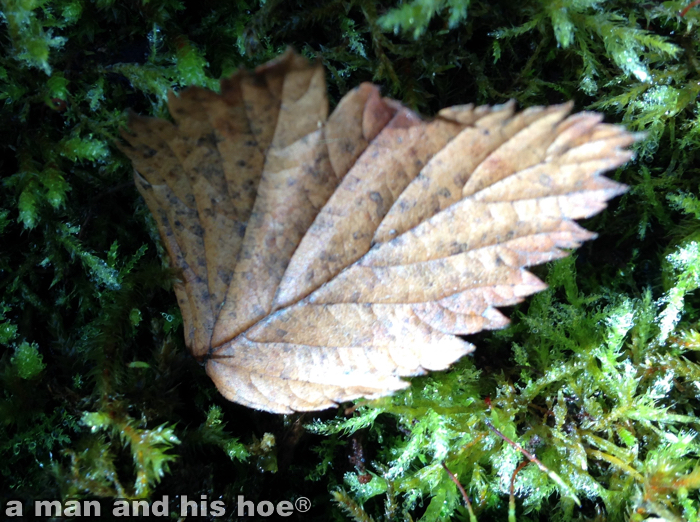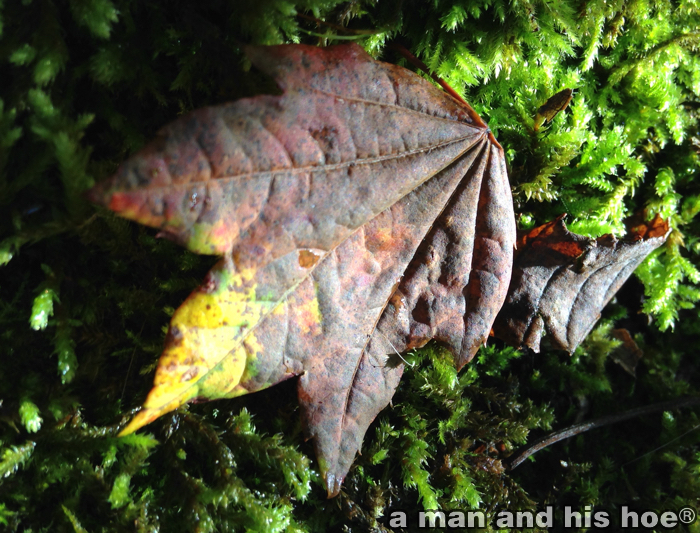Your cart is currently empty!
Month: October 2015
-
Leopard in the Woods

There’s an intriguing log at the edge of the woods, a fallen alder with leopard spots. I can’t decide what the spots are. A fungus perhaps? They’re curious. They’re on the log where the bark has peeled off. The other alders that lie slowly decomposing don’t have these mysterious black spots. Could it be alder leopard disease and this is the first alder in the universe to catch it? Whatever it is, it’s not contagious. I’ve touched it many times and my skin has no spots. Maybe I need to lie in the woods for days and days for my skin to become spotted.
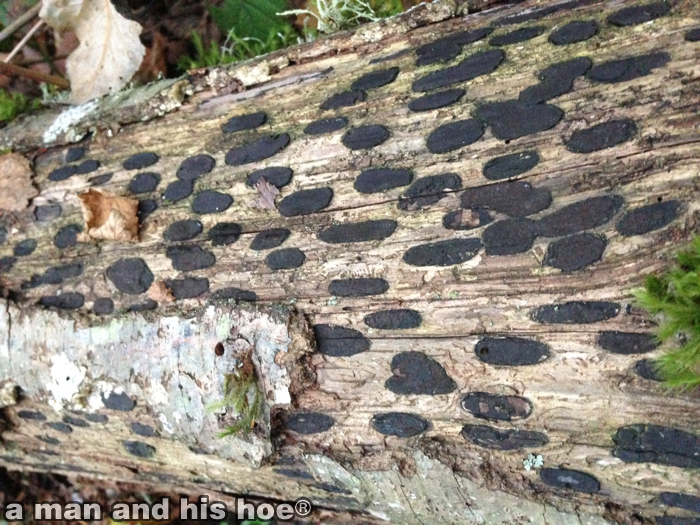

This time of year, the produce looks more beautiful each day. When the garden finally stops producing, it will be sad to have to buy vegetables in the store. They’re not the same once they are more than a few hours out of the ground or off the plant. Hopefully, that won’t happen until December, or if the winter is mild, maybe never this winter.
-
Fall Goodness
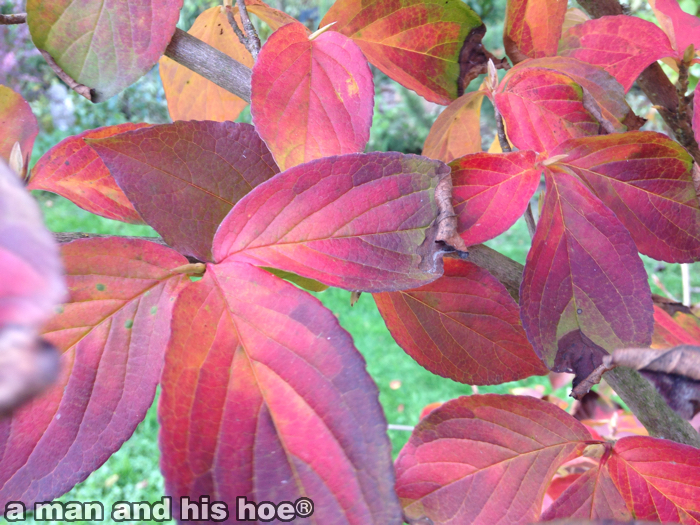
Fall is not only the time for colorful leaves, it’s also the time for great salads. Many greens love the cool weather. Dill is remarkable this time of the year. Arugula’s peppery bite softens and becomes more nutty. Ruby streaks mellow. It’s a treat going out into the garden before meals to see what is perfect to pick.
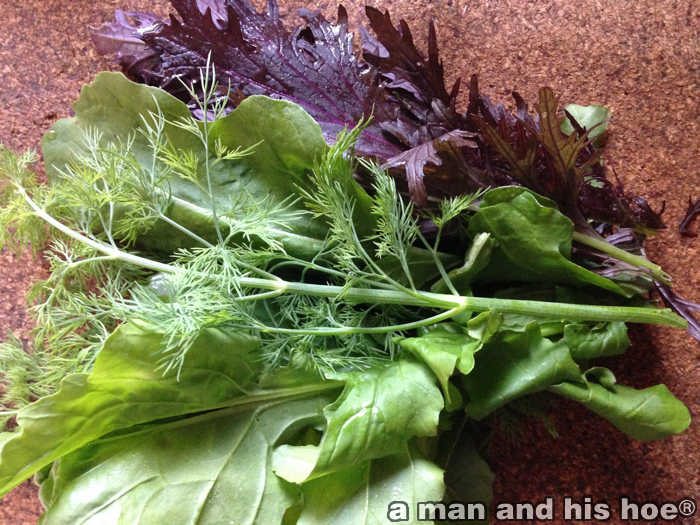
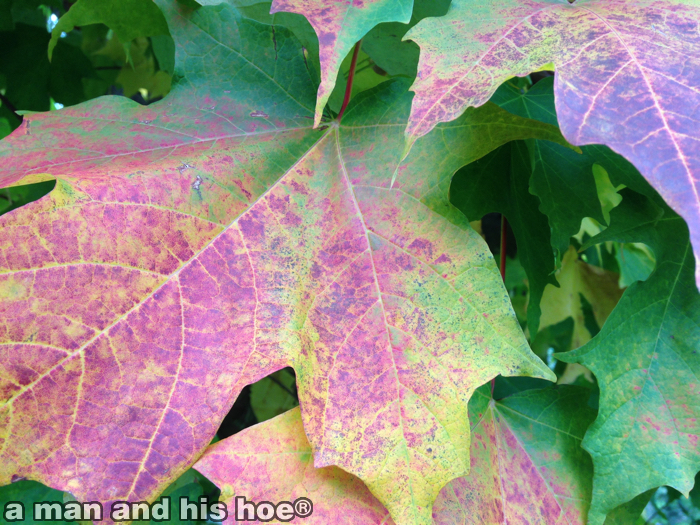

-
Yuzu-hime Lays an Egg
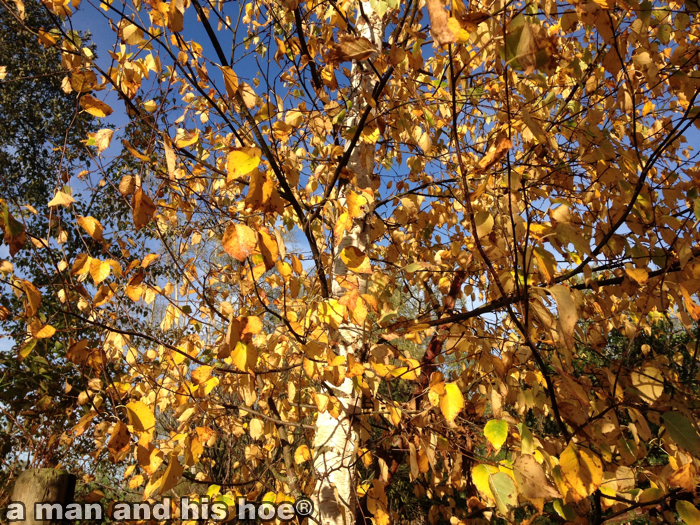
More young hens are laying eggs now. This afternoon I spotted Yuzu-Hime on a nest. She and her sister have been eying the nests lately. Every few days, I find an egg I don’t recognize in one of the nests. I keep an eye on Yuzu-Hime, and when she flies down from the nest, I see her fresh egg. Now I know what her eggs look like … and so do you.

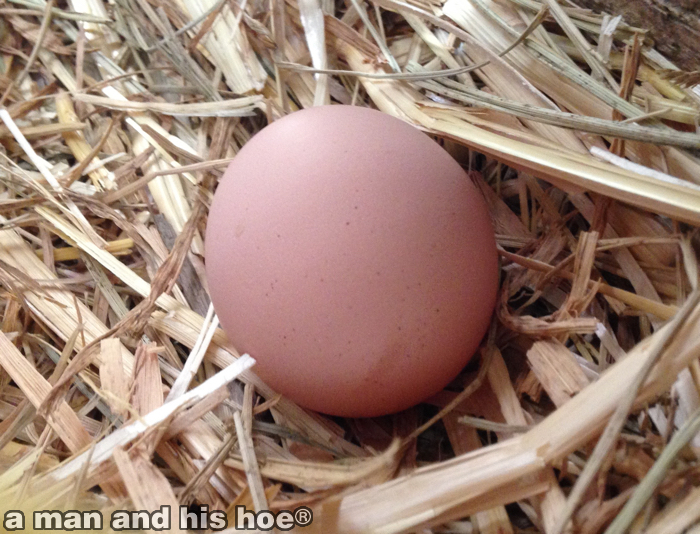
-
Big Data – Small Data

There is a lot of talk about big data, about companies processing vast quantities of data to do whatever. Big data is nothing new, even to mice and chickens. They all do big data. Each of us has been doing big data forever. Our brains handle vast amounts of data. An average person has 100 billion neurons, each of which is connected to a thousand or more neurons, all sending data back and forth. There is a constant stream of data flowing through our neurons, processing gigabytes of information all the time.
In every cell of our body, there is a copy of our entire genome, over 3 billion base pairs of information, about a third of a gigabyte of date. We have between 10 and 100 trillion cells in our body, so we have anywhere from 3.5 to 35 trillion gigabytes of data just in all the copies of our genome in our body. Our bodies do big data very well.
It makes my use of these wireless sensor tags seem like very small data, insignificant data. They’re still a lot of fun. They’re what I’ve been looking for. I’ve wanted to know at any time, how hot is the compost pile? What’s the temperature in the hoop house? What’s the temperature in the garden?
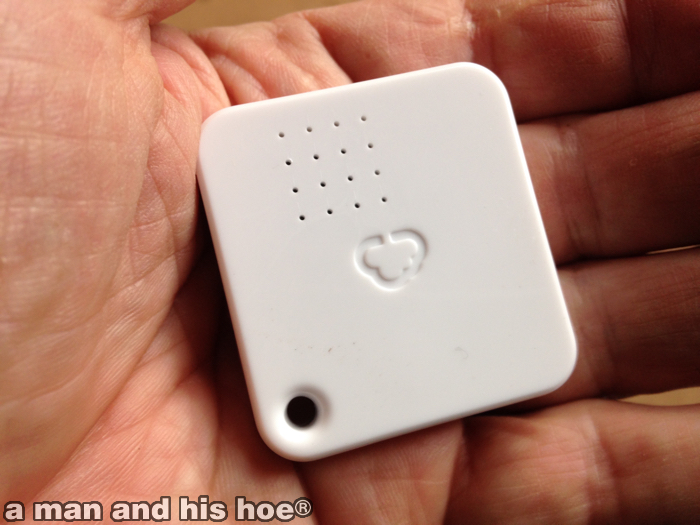
These wireless sensor tags work with a tag manager you put on your home network. A single tag manager can monitor up to 255 tags. The tags are not waterproof, so you need to protect them if you’re going to use them where they might get wet. They’ll work from hundreds of feet away.

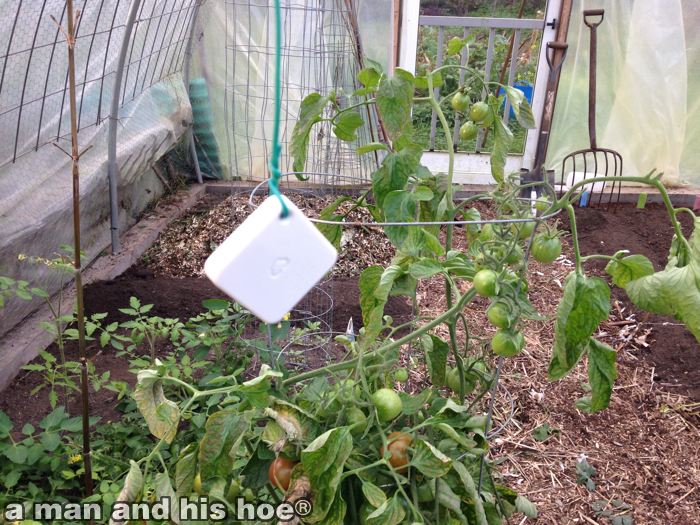
I have them hanging in the hoop houses, in a pipe inside the compost pile, in the chicken yard, and elsewhere. Every five minutes, they send the current temperature and humidity wirelessly. You can have them send this information from every 30 seconds to up to once every 4 hours.
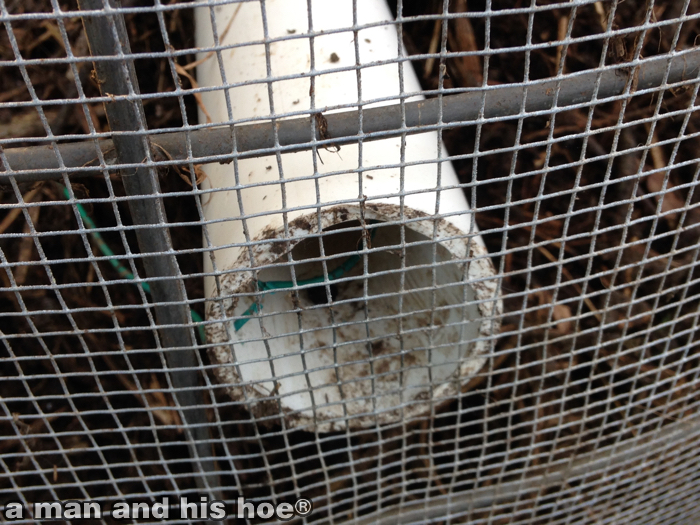

You can monitor the tags from your computer, your cell phone, or your iPad. You can also graph the temperature and humidity over time. And you can get notifications if the temperature gets out of a specified range. For example, in my compost piles, I need to know when the temperature gets up to 170ºF. Compost piles that hot are going anaerobic and need to be turned. Whenever my piles get to 170ºF, I’ll get an email so I can attend to them immediately. It’s small, but very helpful data.

-
Fall’s Beauty Comes in Tiny Bits
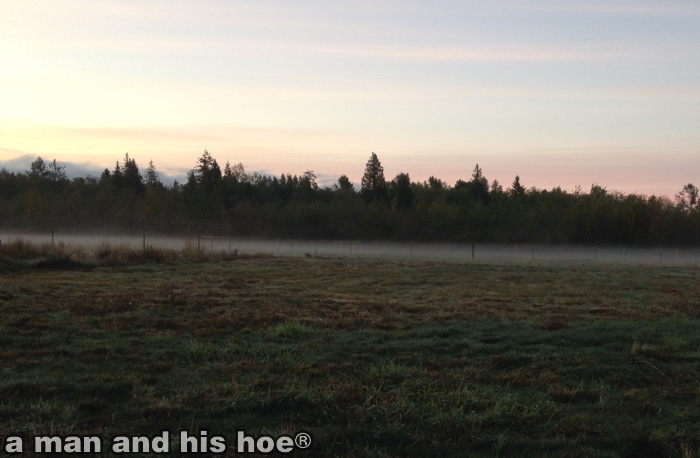
It’s a crisp fall morning, mist rising off the cold ground. In the woods, fall’s beauty lies gently on soft blankets of moss. There’s so much wonder hidden in the woods, that you best forget about looking at the time. Some leaves fall on the ground. Others have the good fortune of landing on a cushion of soft moss. There is so much beauty in every square foot of woodland. And when you think about it, most of the beauty in a forest is never seen by any human. It’s just for the birds, the foxes, the rodents, and smaller creatures to enjoy.
